Philippine passport holders can travel to KAZAKHSTAN VISA-FREE for trips not longer than 30 days and for tourism purposes! If you’re interested to visit, here’s our list of the best destinations in Kazakhstan! 2️⃣0️⃣1️⃣9️⃣ • 1️⃣1️⃣ • 3️⃣
For the longest time, when we think of Kazakhstan, the first thing that comes to mind was the vast expanse of the Kazakh steppe. That or the comedy “Borat.” Many Kazakhs don’t like the portrayal of their country in the movie, which is understandable because none of it was shot in Kazakhstan! (It was filmed in Romania!)
But recently, our team was invited to participate at the Open Kazakhstan forum in Astana. While we were there, we discovered the diverse landscapes and experiences that this Central Asian country has to offer. When you think about it, this shouldn’t be a surprise. After all, Kazakhstan is one of the largest countries in the world by land area and it lies in a crossroads of cultures! It has stunning landscapes, beautiful national parks, a storied past and unique cities that are worth a visit.
When we visited, we had to apply for a Kazakh visa. But things quickly changed in September 2019. The country is now granting visa-free access to Filipino tourists. If you’re planning to visit Kazakhstan, here are places to consider including in your itinerary.
Aksu-Zhabagly Nature Reserve
After exploring the cities, make your way to Aksu-Zhabagly Nature Reserve. It is the oldest reserve not just in the country but in the region. It features craggy, snow-capped peaks and picture-perfect valleys. One of the most visited sites is the Aksu Canyon.
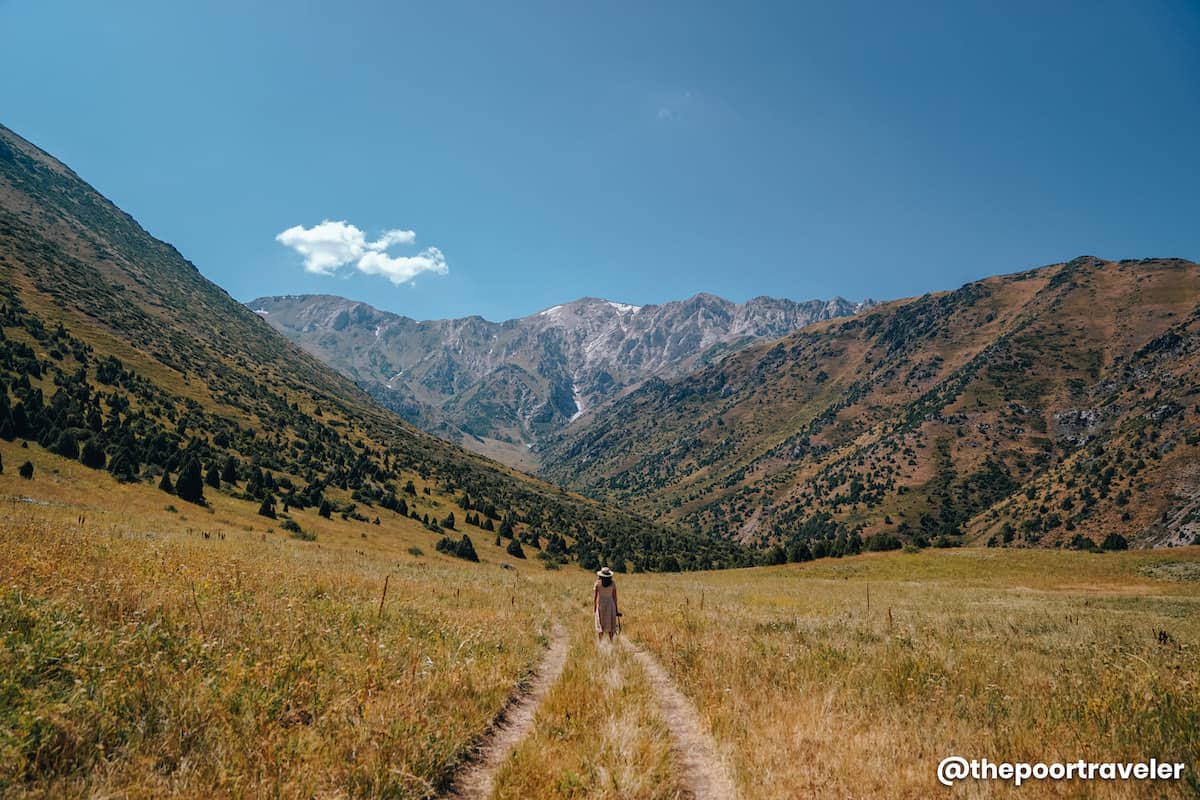
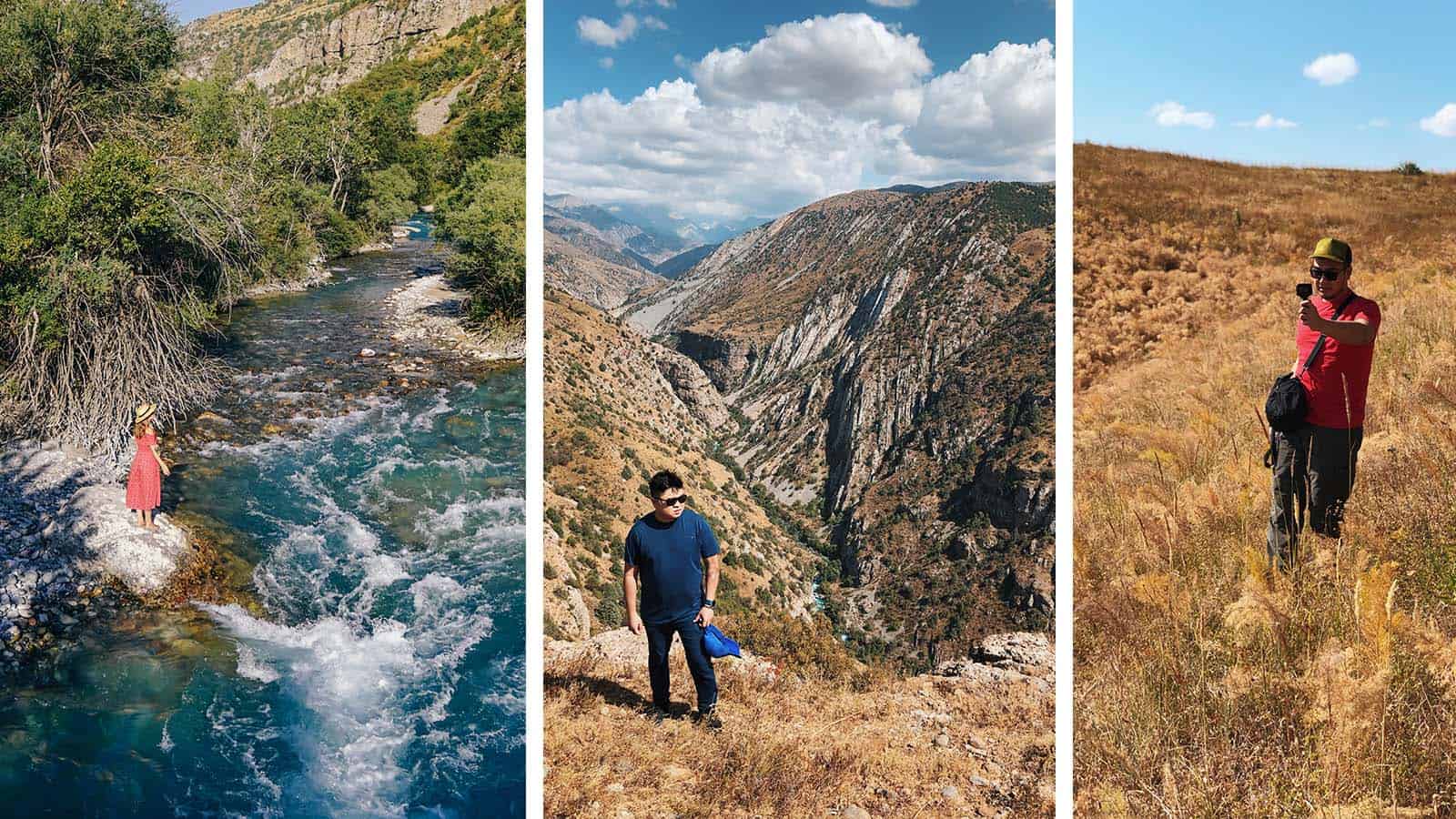
But this adventureland is more than just spectacular views. It is home to over 40 endangered plant species including the wild grape and wild tulip species and over 40 highly endangered mammals including the Himalayan brown bear and the incredibly rare snow leopard.
The local authorities regulate the number of tourists that enter the reserve. Coordinate with agencies before you visit.
Astana (Nur-Sultan)
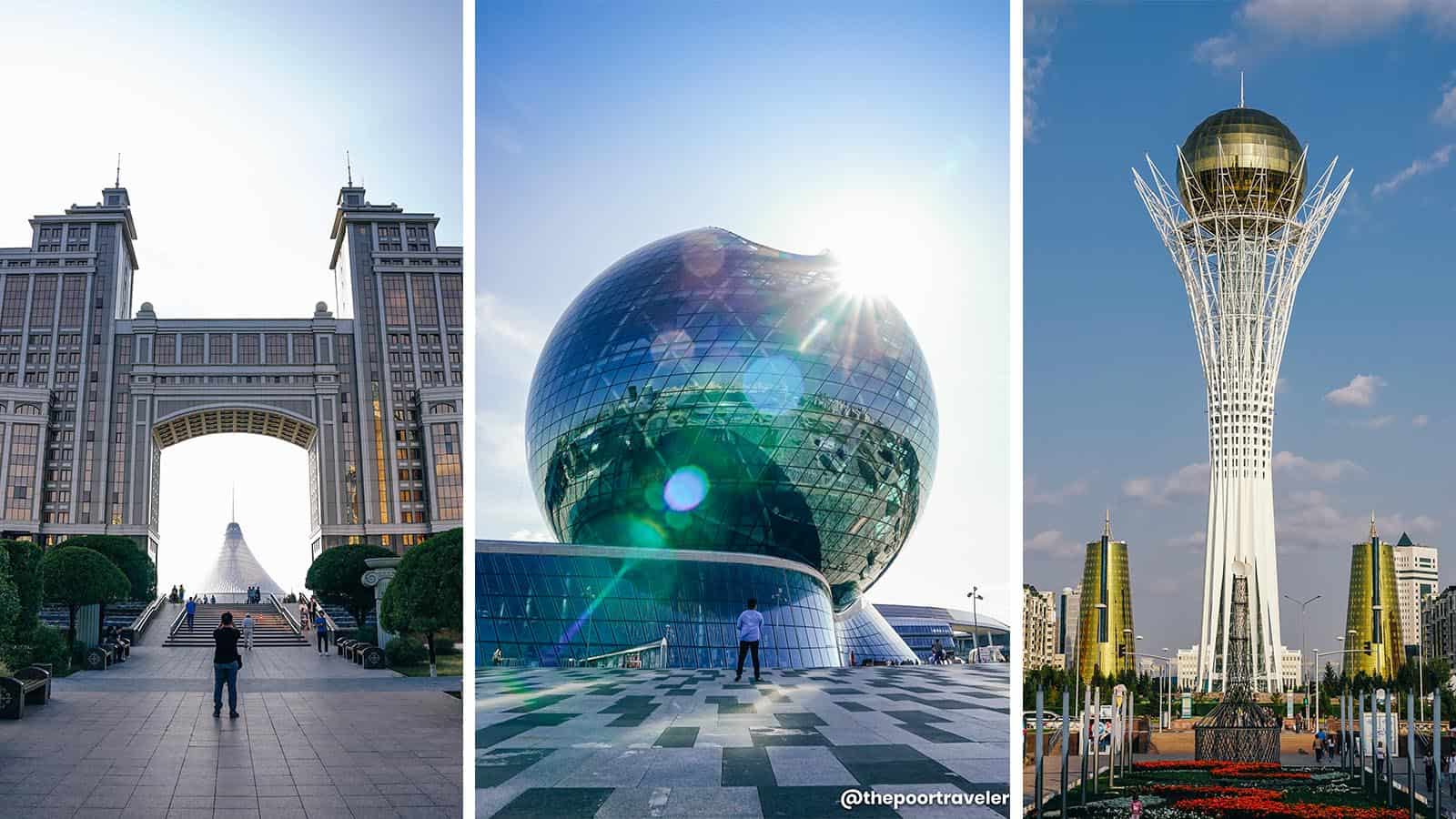
In March 2019, the Kazakh capital has been officially renamed to Nur-Sultan. But many locals and visitors still refer to it as Astana. It is a planned city with many uniquely designed buildings, fostering a very modern, futuristic, almost sci-fi vibe. Some of the structures include Ak Orda Presidential Palace, Parliament House and the Supreme Court. Other notable buildings and attractions include the Baiterek Tower, Palace of Peace and Reconciliation, Nur-Sultan Mosque and the Khan Shatyr Entertainment Center.
Almaty
Almaty no longer carries the tag “Kazakhstan’s capital” but it remains its largest city. If all that comes to your mind when you think of Kazakhstan are the vast steppes, then one look at Almaty can crush that. Almaty’s map is shaded with parks and forests, with the snow-crowned Zailiysky Alatau in the backdrop.
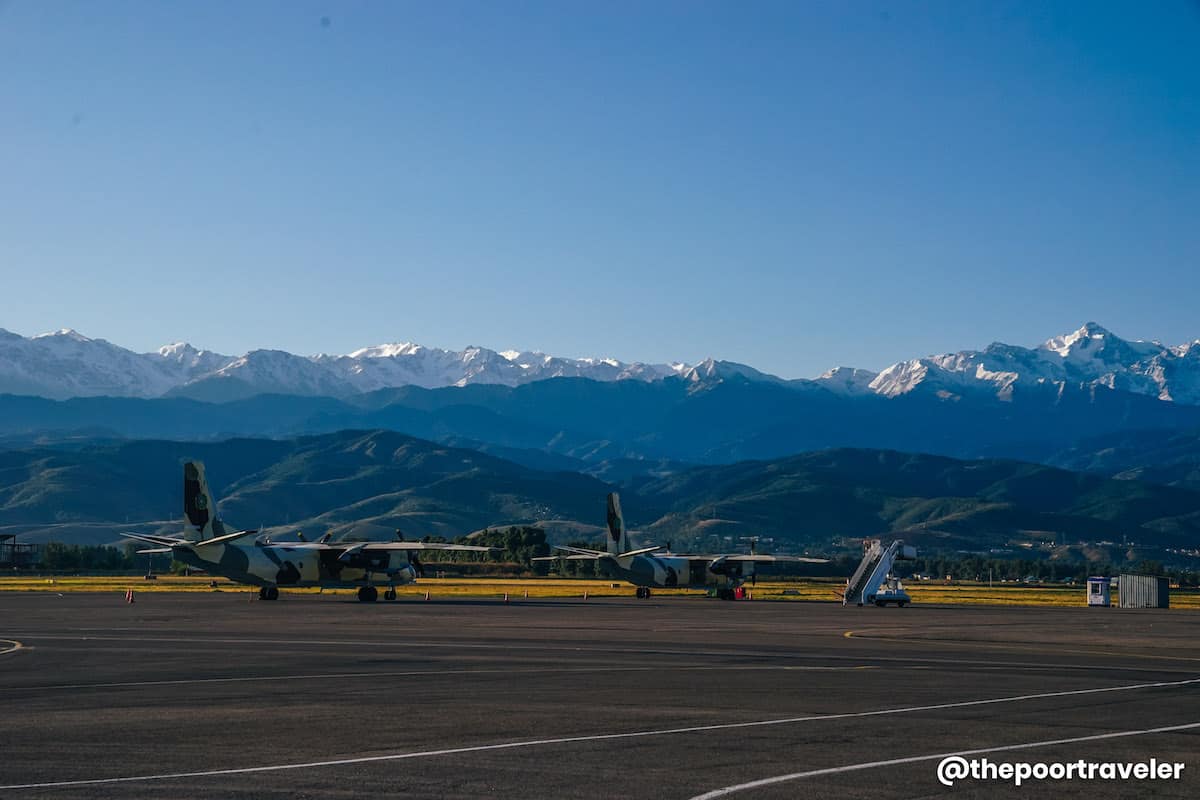
The city can also serve as a base for trips to Kolsai Lake. Drop by the Green Bazaar to get a feel of the local hustle and bustle. You can also find fresh ingredients here if you plan to cook your own food or try concocting a Kazakh dish on your own.
Turkistan
Turkistan is the political hub of the country’s Turkistan Region. This destination has a history that dates back to the 4th century. Before the 16th century, the city went by a different name, Iasy or Shavgar.
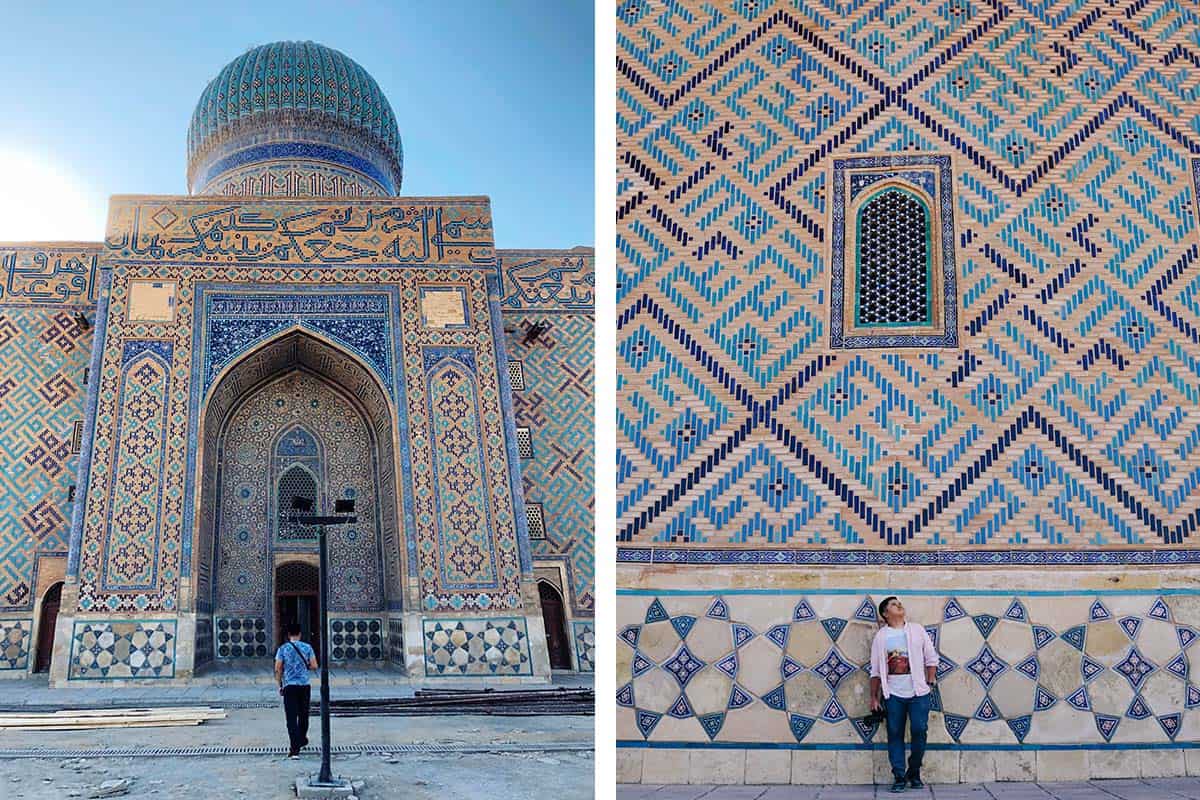
The most prominent structure in the city is the UNESCO-listed Mausoleum of Khoja Ahmed Yasavi. Not too far away are the ruins of Otrar and Sauran, which were two of the most prosperous cities along the Silk Road until the Genghis Khan’s army invaded. While in the city, drop by the Turkistan Market for fresh produce and unique souvenirs.
Shymkent
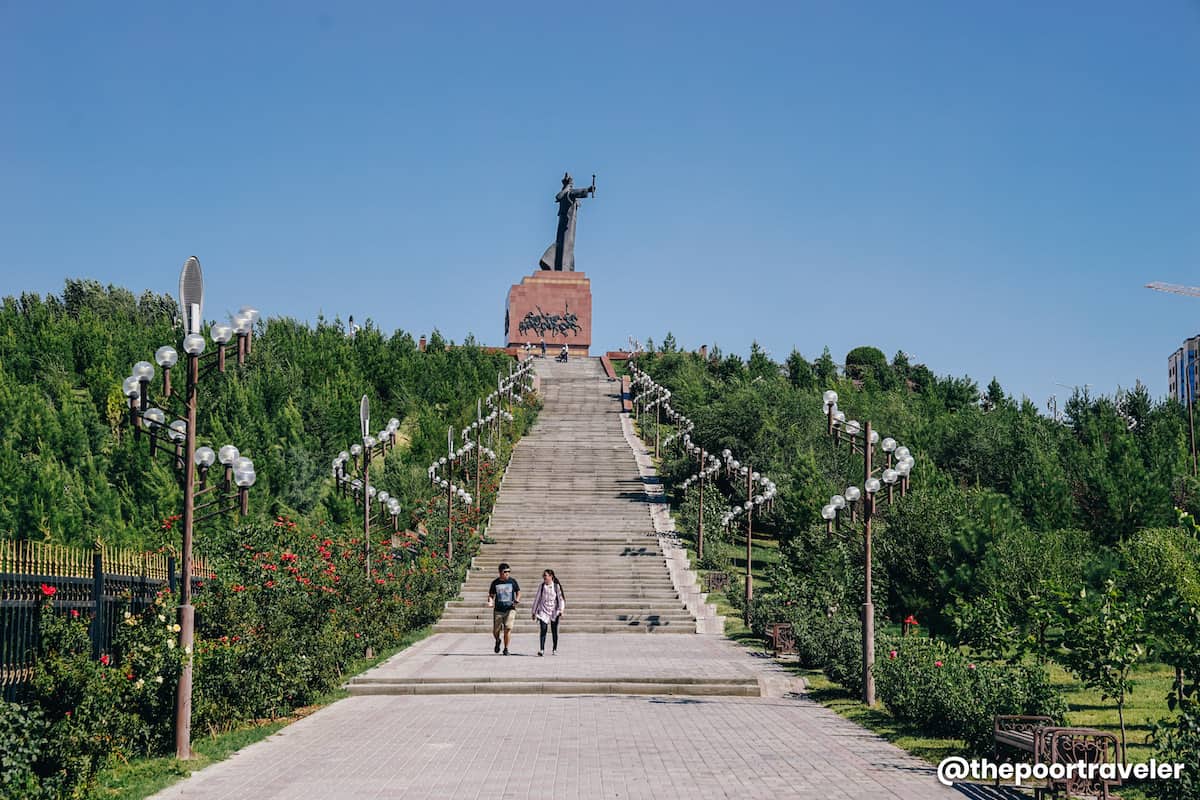
Shymkent is number three after the cities of Nur-Sultan and Almaty in terms of population. It is recognized as a regional cultural hub because of its history that goes all the way back to the 12th century and its role as a line of defense along the Silk Road. It has been revived and reconstructed over the centuries because of the havoc and destruction caused by the Mongols, nomads, khanates and the Russians.
Drop by the Museum of South Kazakhstan Regional History and its four halls showcasing nature/paleontology, ethnography, Kazakh Khanate history, and independence. Just a short walk from the museum building are important landmarks including Monument “Baydibek bi,” standing atop a hill in honor of Baydibek Karashauly, who was a key figure in unifying the Kazakh people.
Charyn Canyon
Kazakhstan has many beautiful natural attractions, one such place to include in your itinerary is Charyn Canyon. Located along the Charyn River, the canyon captures the imagination of tourists with its distinct color and unique formations including the Valley of Castles and the Devil’s Gorge. The jaw dropping cliffs will make you stop and stare at nature’s beauty.
Mangystau Region
This region in the southwest area of the country has stunning landscapes characterized by mountains, desert and plateaus. It has a long and storied past dating back to the 9th century. Different empires have occupied it throughout the centuries from the Mongols, the Golden Horde and the Kazakh Khanate. Mangystau is a good place to go on long road trips, if you decide to do so, include the Ustyurt Nature Reserve, Sherkala Mountain, Torysh, and the Airakty Castle Valley.
East Kazakhstan
This Kazakh region borders China and Russia in its northern and southern area. During Soviet times, the region used to be two separate places, these were the Semipalatinsk and Vostochno-Kazakhstanskaya Oblasts. Oskemen is the region’s administrative center. Some of the most notable places include Zhastar Park, Ust-Kamenogorsk City Mosque, Altaiskiye Alpy, Bukhtarma Reservoir, and the Kiin Kirish Canyon.
Burabay National Park
If you’re looking for a nature trip getaway, visit Burabay National Park located in the country’s Aqmola Region. You can visit the park from Astana. You’ll find pine forests, rock formations and beautiful landscapes during your visit. There are also trails that lead up to viewpoints of the surroundings.
Kolsai Lakes
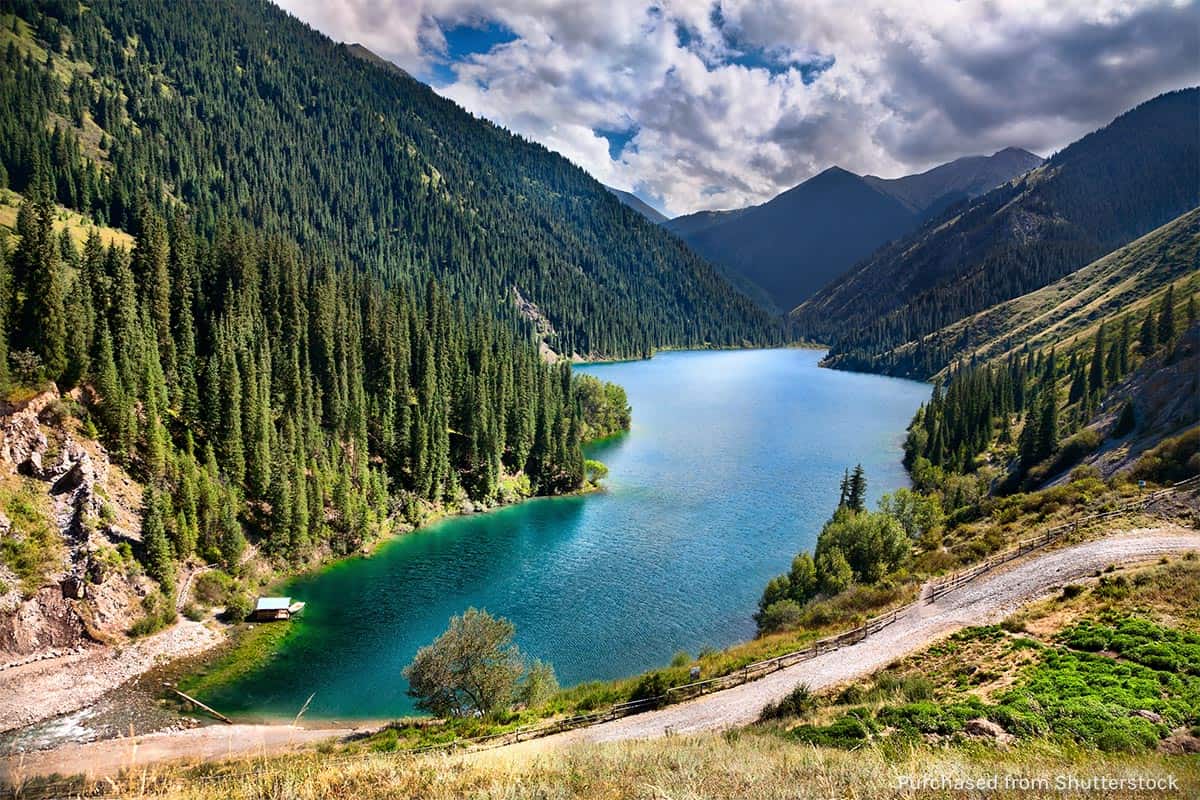
You’ll find this national park along the Tian Shan Mountains’ northern slope. Many refer to this destination as the “Pearls of Tian Shan.” Many tourists make the trip here to see the beautiful Kolsai Lakes. Kolsai has three sections which are the lower, middle and upper. Outdoorsy visitors can follow the 25km hiking trail that starts at the lower section and then over the Sary-Bulak Pass.
While in Kolsai Lakes National Park, make sure to include Lake Kaindy in your itinerary. Limestone landslides helped form the lake area. Its most distinguishing feature is the submerged tree trunks jutting out of the emerald-tinged waters, which is why it is often called “Sunken Forest”. Hikers will enjoy following the trail that takes them through stunning sceneries of the Kaindy Gorge, Saty Gorg and the Chilik Valley.
Western Kazakhstan
This Kazakh region is close to the Ural Mountains with Russia also near its borders. It can be described as a frontier destination because of its vast and empty lands that stretch as far as your eyes can see. The city of Oral is its administrative hub. The Ural River cuts through between the continents of Asia and Europe. Some of the places of interest and things to do in the region include the House Museum of E.I. Pugacheva, Regional History State Museum GKKP, Cathedral of Archangel Mikhail, and others.
Kazakh Food
Traditional Kazakh cuisine is predominantly meat and dairy. The poster dishes of Kazakhstan are beshbarmak and pilaf. Beshbarmak, literally “five fingers” because it is normally eaten with bare hands, is composed of chunks of meat on top of boiled pasta sheets. Pilaf, on the other hand, is meat fried with onions, carrots, and rice. Both traditionally use horse meat, but mutton and beef are now more common especially in the cities.
Some of our favorites are manti, meat dumplings; laghman, pulled noodles with meat and veggies; and chak chak, noodle crispies coated with honey.
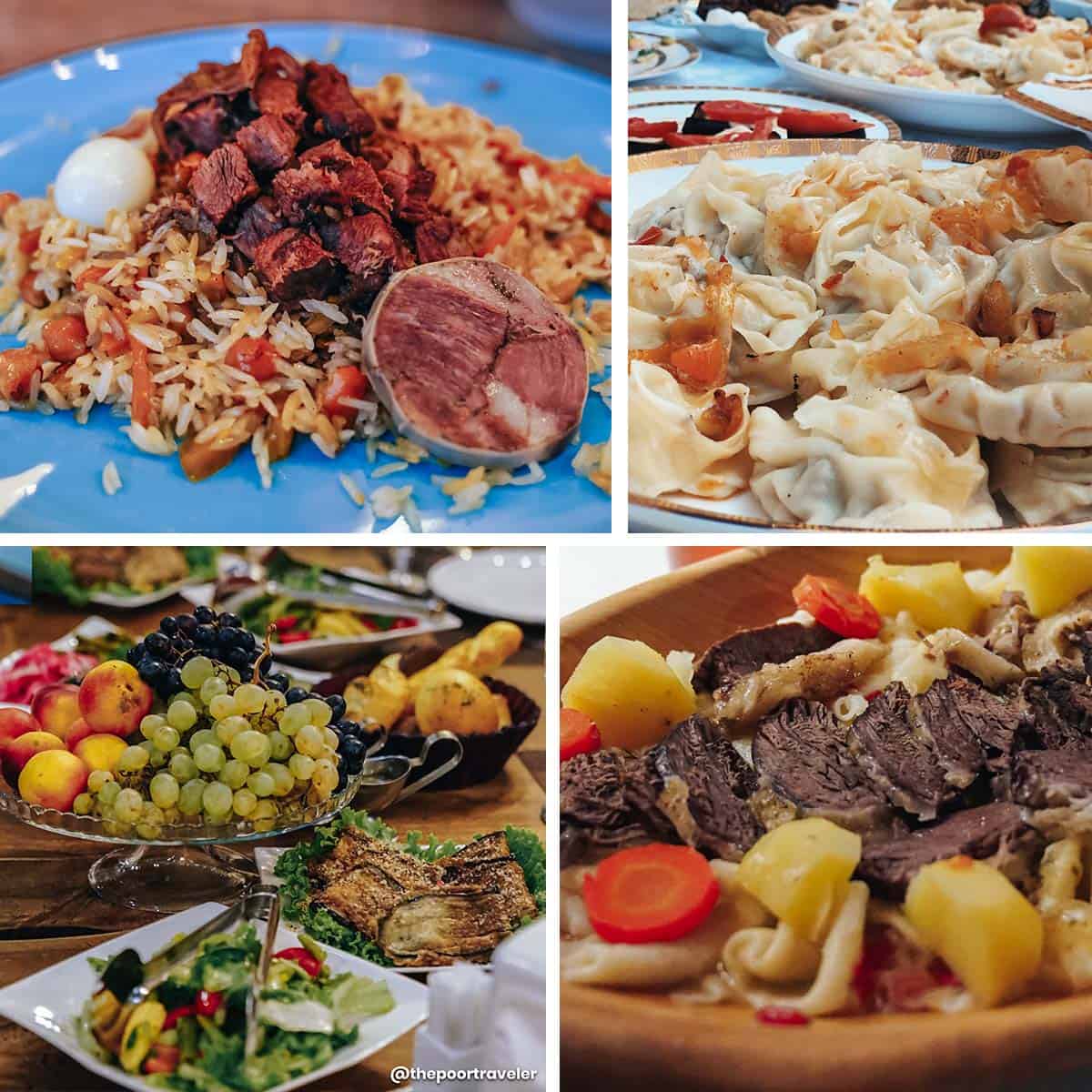
Don’t forget to cap off your meal with a cup of black tea! Or if you have a more adventurous palate, try kumys, which is fermented horse milk.
Additional words by Yosh Dimen
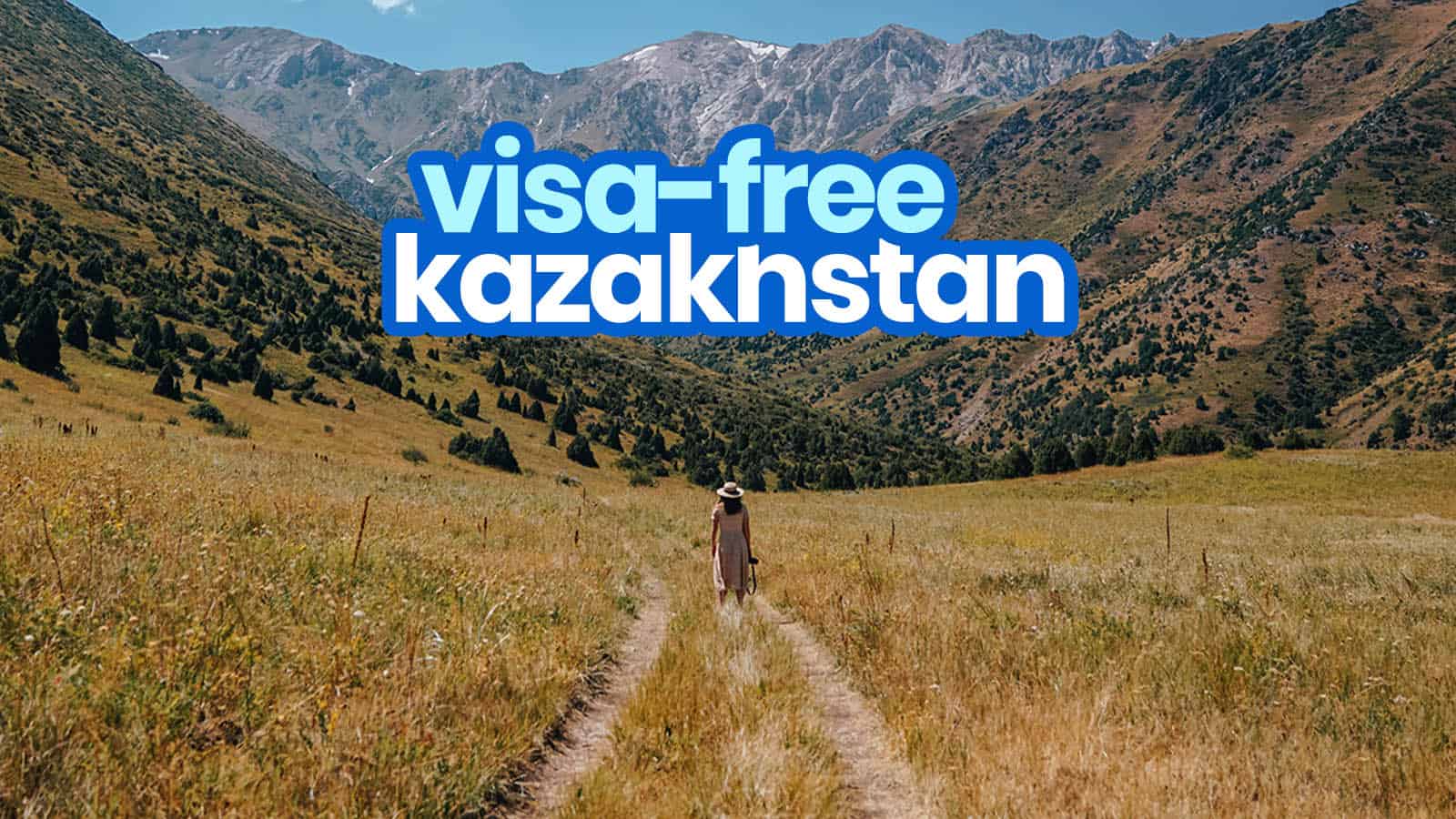
























Lovely photos! Kazakhstan seems so interesting and looking forward to exploring it soon with the family. What kid-friendly sites and attractions can you recommend? Thanks!